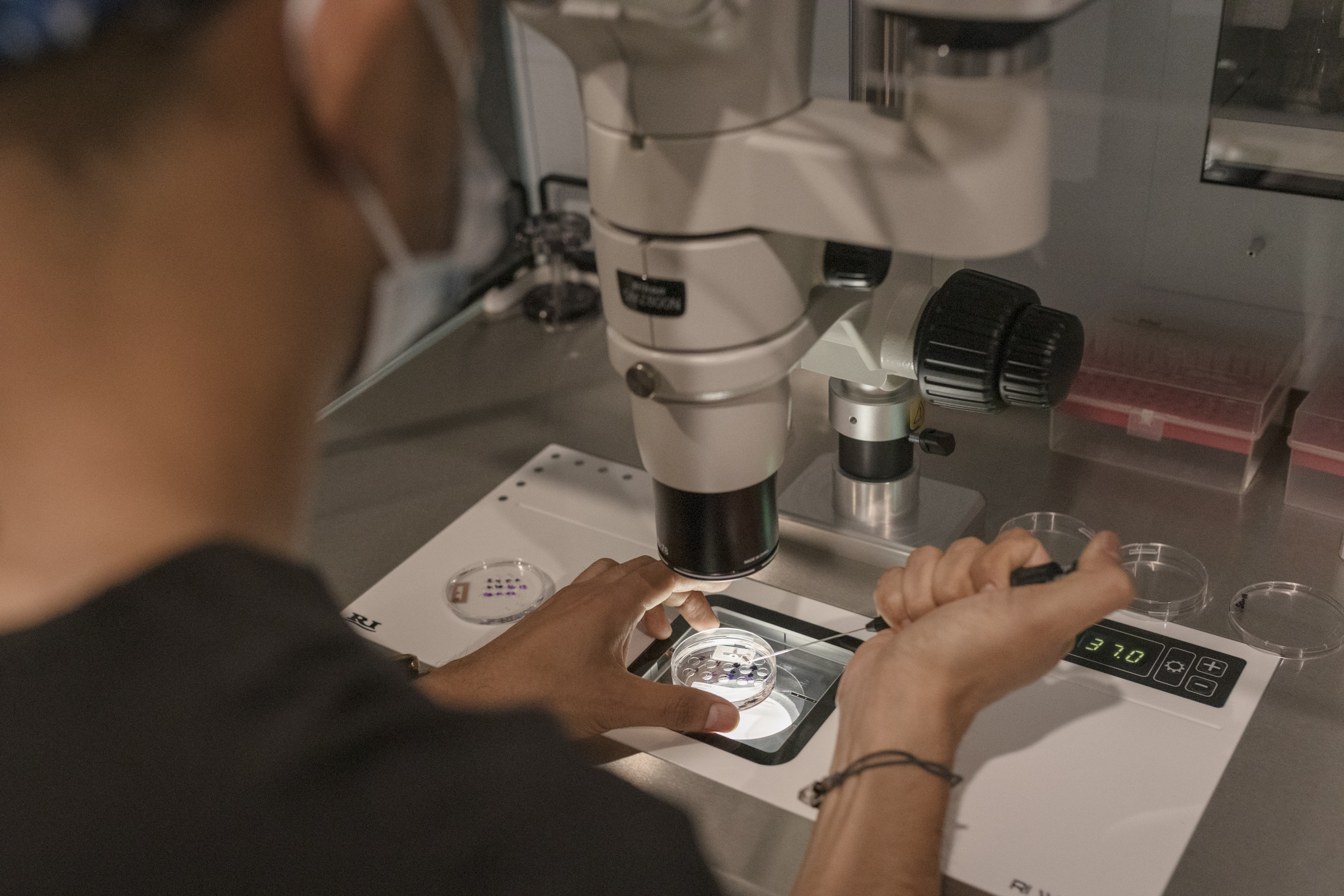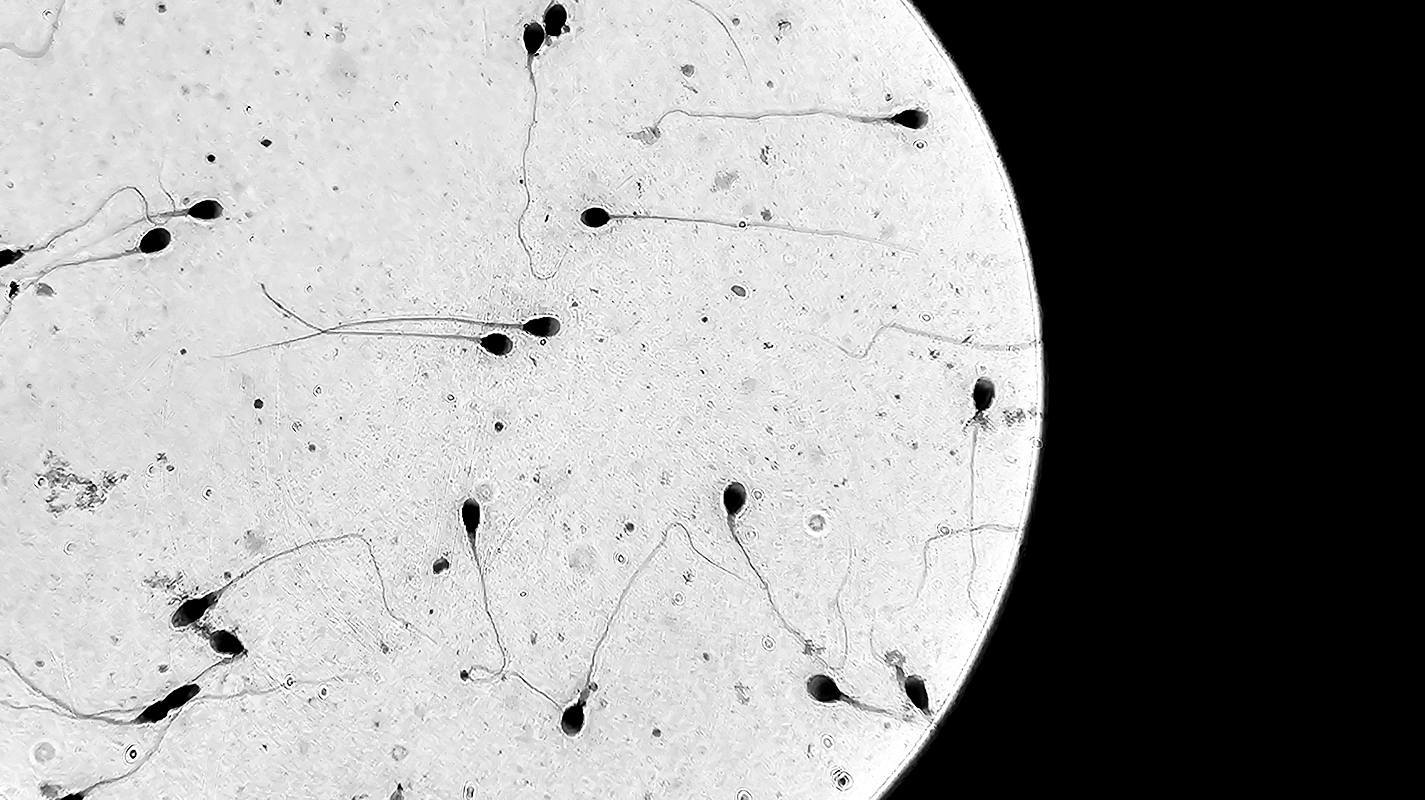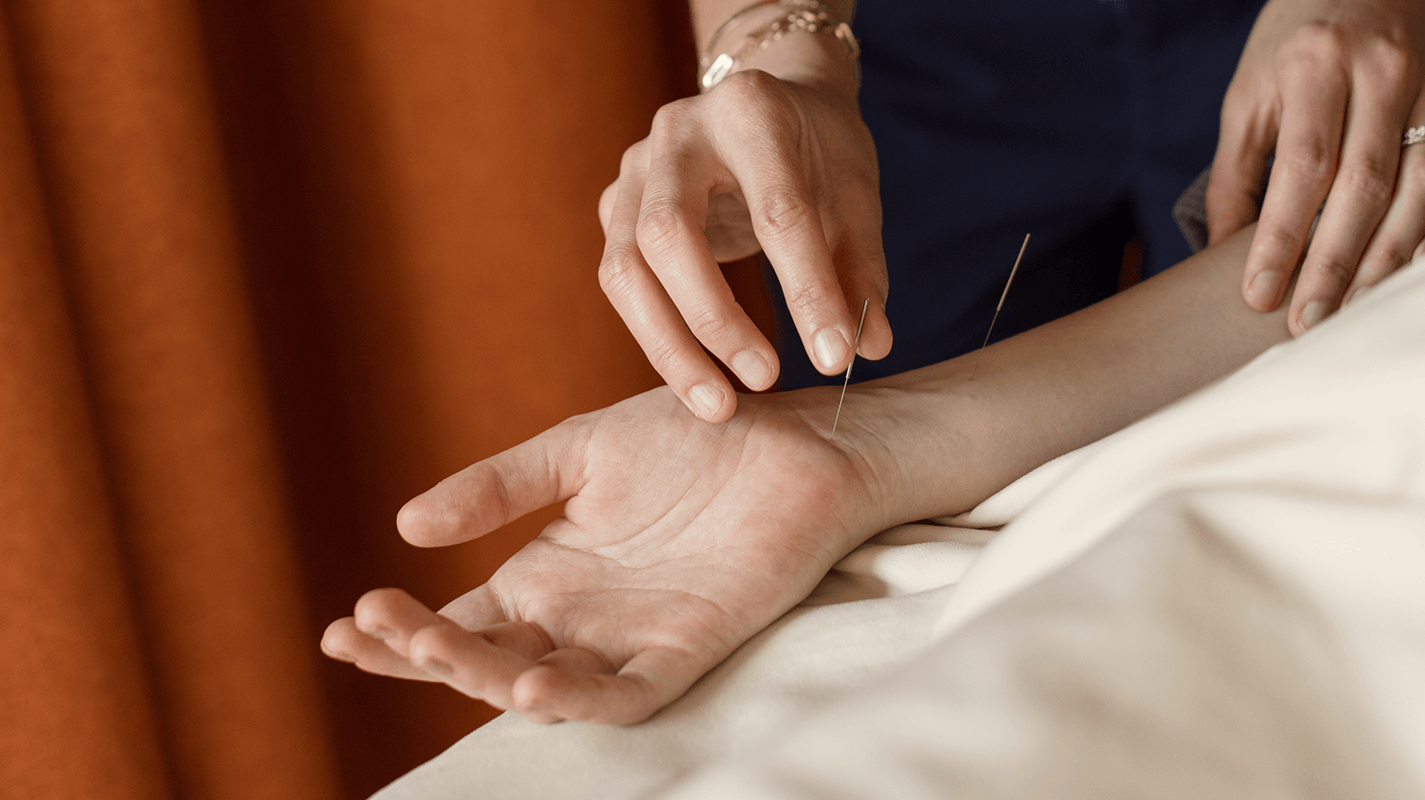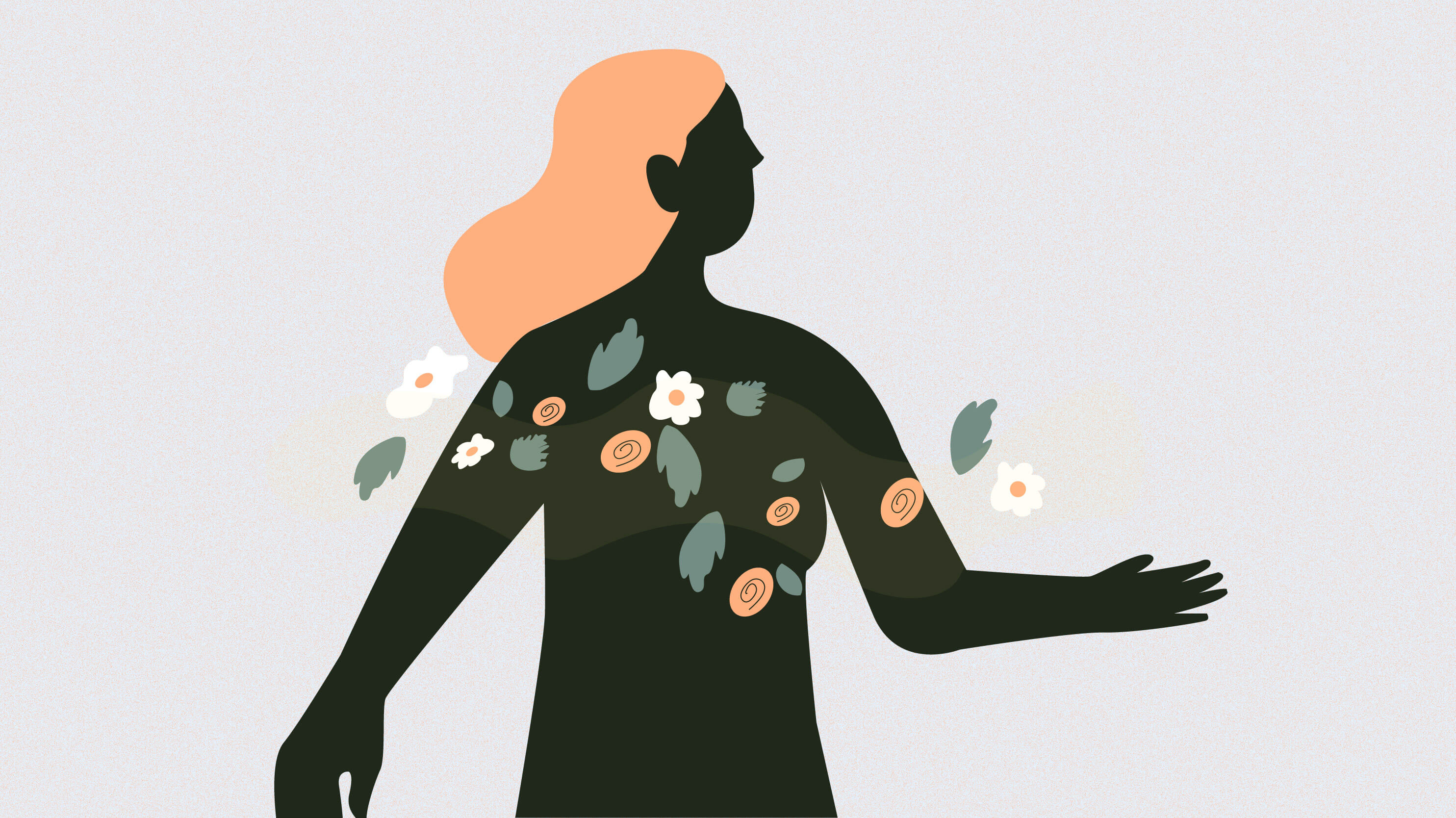What Is Infertility? Symptoms, Causes & Treatment

Infertility is a topic that more individuals and couples face every day, yet one that is still discussed far too little. In a world where lifestyle pace, hormonal health, and environmental factors directly influence reproductive capacity, understanding infertility is the first step in approaching it with information, empathy, and medical support.
At Fertilidad Integral, we accompany those seeking to fulfill their dream of becoming parents, providing science, technology, and compassionate care for every unique journey.
What is infertility?
The World Health Organization (WHO) defines infertility as the inability to achieve pregnancy after 12 months or more of regular unprotected intercourse. For women over 35, this period is reduced to 6 months. It is important to highlight that infertility does not mean impossibility — it is a medical condition that can be treated with specialized care.
Infertility can have multiple causes and may affect women, men, or both partners. Therefore, evaluation must always consider all reproductive factors.
Main types of infertility
Primary infertility
Occurs when, after having previously achieved a pregnancy (even if it did not reach full term), conception is no longer possible. It is often associated with reproductive age, pelvic infections, endometriosis, or changes in reproductive health over time.
Secondary infertility
Occurs when, after having previously achieved a pregnancy (even if it did not reach full term), conception is no longer possible. It is often associated with reproductive age, pelvic infections, endometriosis, or changes in reproductive health over time.

Causes of Infertility
Infertility may be due to female factors, male factors, or a combination of both (mixed infertility). Below are the most common causes.
Female Infertility Causes
Ovulatory disorders
One of the most frequent causes. Conditions such as polycystic ovary syndrome (PCOS), thyroid dysfunctions, or elevated prolactin can prevent or disrupt ovulation.
Reproductive age and ovarian reserve
Female fertility naturally declines with age. After age 35, the quantity and quality of eggs decrease, which can make pregnancy more difficult and increase the risk of chromosomal abnormalities.
Endometriosis
A condition where endometrial tissue grows outside the uterus, causing inflammation, pelvic pain, and infertility by affecting ovulation, egg transport, or embryo implantation.
Blocked or damaged fallopian tubes
Fallopian tubes damaged by pelvic infections, surgeries, or endometriosis can prevent the sperm and egg from meeting.
Uterine abnormalities
Fibroids, polyps, or uterine malformations can interfere with embryo implantation and increase the risk of miscarriage.
Metabolic or lifestyle factors
Excess or insufficient weight, smoking, alcohol consumption, and chronic stress can alter hormonal balance and impact fertility.
Male Infertility Causes
Sperm production disorders
Reduced sperm count, motility, or morphology. These issues may be linked to genetic, hormonal, infectious, or environmental factors.
Varicocele
Dilation of scrotal veins that increases testicular temperature and affects sperm production.
Hormonal and genetic factors
Conditions such as low testosterone levels or genetic disorders (e.g., Klinefelter syndrome) can affect spermatogenesis.
Sexually transmitted infections (STIs)
Can cause inflammation or obstruction in the reproductive tract. Infections like chlamydia or gonorrhea affect sperm quality.
External factors
Smoking, alcohol, exposure to toxins, chronic stress, and sedentary lifestyle can impair male fertility.
Infertility Diagnosis
Diagnosing infertility requires a multidisciplinary approach and simultaneous evaluation of both partners.
At Fertilidad Integral, we conduct advanced fertility testing to identify the cause of infertility and create a personalized treatment plan.
We offer online and in-clinic fertility evaluations for women, men, and couples, including Anti-Müllerian Hormone (AMH) testing to evaluate ovarian reserve and semen analysis (spermogram) to assess sperm concentration, motility, and morphology.
These studies allow us to accurately determine factors that may be affecting conception. Choosing Fertilidad Integral means accessing advanced technology, comprehensive care, and a specialized team committed to your reproductive well-being from the first step.
Infertility Symptoms
Although infertility does not always present obvious symptoms, certain signs may indicate the need for evaluation.
Female infertility symptoms
- Irregular menstrual cycles
- Absence of periods
- Abnormal bleeding
- Chronic pelvic pain or pain related to the cycle (endometriosis)
- History of pelvic infections
- Hormonal changes (acne, excessive hair growth, weight fluctuations)
Male infertility symptoms
- Reduced libido
- Difficulty maintaining erections
- Testicular pain or swelling
- History of infections
- Changes in semen volume or texture
Symptoms vary greatly from person to person, so a medical evaluation is essential to identify the real cause and determine appropriate treatment. If you notice changes in your menstrual cycle, reproductive health, or semen quality, we invite you to learn more about our fertility treatment services.
Infertility treatment
The treatment of infertility depends directly on the identified cause, reproductive age, general health status, and the amount of time the individual or couple has been trying to achieve pregnancy. There is no single approach; instead, treatment options are personalized after a comprehensive evaluation of the reproductive system.
Main treatment options include:
Ovulation induction
Uses hormonal medications that stimulate egg development and release. It is useful in cases such as polycystic ovary syndrome (PCOS), thyroid disorders, or irregular cycles.
Hormonal regulation
Designed to correct imbalances that affect ovulation and hormone production, such as hyperprolactinemia, hypothyroidism, hypogonadism, or disorders of the hypothalamus and pituitary gland.
Minimally invasive surgery
Used to correct conditions such as polyps, fibroids, adhesions, endometriosis, or fallopian tube abnormalities that interfere with fertilization or embryo implantation.
Male fertility treatments
May include varicocele repair, infection management, hormonal regulation, or lifestyle changes to improve semen quality.
Assisted reproductive technologies (ART)
When natural conception is limited due to female, male, or combined factors, methods such as intrauterine insemination (IUI) or in vitro fertilization (IVF) may be recommended. Thanks to these procedures, many people achieve pregnancy even in complex cases.
At Fertilidad Integral, our specialists design fully personalized treatment plans based on your results and reproductive goals. Learn more about our fertility treatment services.
Preventing infertility
While not all causes can be prevented, certain habits can help protect reproductive health:
Maintain a healthy weight
Both excess and low body weight can disrupt hormonal balance and affect key processes such as ovulation, egg quality, and sperm production. Proper nutrition and regular physical activity support reproductive function.
Avoid tobacco, alcohol, and recreational drugs
These substances damage reproductive cells and can reduce sperm count, motility, and quality, as well as negatively impact ovarian and uterine health. Reducing their use significantly improves fertility outcomes.
Prioritize preventive gynecologic care and treat STIs promptly
Preventive gynecology and early treatment of sexually transmitted infections (STIs) are essential to protect reproductive organs. Some infections can cause inflammation or permanent damage to the uterus, fallopian tubes, and other reproductive structures, making future pregnancy more difficult
Manage stress and sleep well
Chronic stress disrupts hormonal regulation and may interfere with ovulation and sperm production. Sleeping 7–8 hours and maintaining emotional wellness practices support reproductive balance.
Consider fertility preservation
Egg freezing or sperm freezing helps preserve reproductive potential for the future, especially for those postponing parenthood or facing medical or age-related risks that may affect fertility.
Assisted Reproductive Technologies
Assisted reproductive technologies allow thousands of people to achieve pregnancy, even when infertility causes are complex. At Fertilidad Integral, these techniques are performed by certified teams and highly trained embryologists.
Intrauterine Insemination (IUI)
IUI consists of placing previously prepared sperm directly into the uterus at the time of ovulation. It is a simple, outpatient procedure recommended for mild male factor infertility or ovulatory dysfunction. Learn more about the procedure, benefits, and expected results of intrauterine insemination.

In Vitro Fertilization (IVF)
IVF involves fertilizing the egg and sperm in the laboratory to create an embryo, which is then transferred into the uterus. It offers the highest success rates in cases such as tubal factor infertility, advanced maternal age, or endometriosis. Explore the full IVF process, its stages, and when it is recommended.
In our laboratory, we use state-of-the-art technology, including systems such as RI Witness™, which ensures full traceability and security of every sample, and Alife Health, an artificial intelligence tool that optimizes embryo selection.
Is infertility common?
Yes. The World Health Organization (WHO) estimates that 1 in 6 people of reproductive age will experiencesome degree of infertility during their lifetime. Understanding how common it is is essential to reducing stigma and recognizing that infertility is not a sentence, but a medical condition that can be successfully treated with the right support. It is also important to remember that the male factor contributes to approximately 40–50% of cases, so evaluation must always include both partners.
There are treatments available for both male and female infertility. The first step is for both partners to meet with specialists who can perform the necessary evaluations to determine what is causing difficulty conceiving. We know that receiving a diagnosis can be emotionally overwhelming, at Fertilidad Integral, we are here to support you every step of the way.

When should you see a fertility specialist?
You should consult a fertility specialist if:
- A woman is over 35 and has been trying to conceive for more than 6 months.
- A woman is under 35 and has been trying to conceive for more than 12 months.
- There has been no menstrual period for 3 months (amenorrhea).
- There is a history of recurrent miscarriages.
- You have undergone chemotherapy.
- A woman has had uterine or ovarian surgeries.
- There is a family history of infertility.
- A woman has been diagnosed with endometriosis.
Frequently asked questions about infertility
How do you know if you are infertile?
The only way to confirm infertility is through a comprehensive medical evaluation that includes hormonal studies, ultrasound, uterine assessment, and a semen analysis. Symptoms alone do not always determine a diagnosis. At Fertilidad Integral, this process is conducted with advanced technology and an integrated approach that allows us to precisely identify the underlying cause.
What causes infertility in women?
The most common causes affecting female fertility include ovulatory disorders, endometriosis, pelvic infections, hormonal problems, tubal obstruction, advanced reproductive age, and chronic illnesses. Each condition requires a specific approach, making a personalized diagnosis essential.
When is a woman considered infertile?
When pregnancy has not been achieved after 12 months of regular unprotected intercourse, or after 6 months for women over 35, due to natural ovarian reserve decline.
At what age does a woman stop being fertile?
Fertility begins to decline more significantly after age 35 and decreases substantially after age 40 due to a reduction in the quantity and quality of eggs.
What genetic causes lead to female infertility?
These include chromosomal abnormalities, mutations associated with premature ovarian failure, Fragile X syndrome, and others. These conditions may affect the number or genetic quality of eggs.
Why can’t I get pregnant even if I’m not using contraception?
Not using birth control does not guarantee fertility. Issues such as anovulation, endometriosis, low ovarian reserve, tubal damage, or poor sperm quality can prevent pregnancy even without contraception.
What diseases can cause infertility in women?
PCOS, endometriosis, fibroids, polyps, pelvic infections, thyroid disorders, diabetes, and autoimmune diseases. Early detection improves the chances of successful pregnancy.
How can infertility be overcome?
Through timely diagnosis, appropriate treatment, and professional support. Infertility can generate emotional challenges, and having a medical team by your side is essential. At Fertilidad Integral, patients receive both medical and emotional support throughout their journey.
What is the difference between infertility and sterility?
Infertility is difficulty achieving pregnancy but may be treatable with medical intervention. Sterility is the biological inability to conceive without medical assistance.
What types of infertility exist?
There are three main types of infertility:
- Primary infertility: when an individual or couple has never achieved a pregnancy.
- Secondary infertility: when a pregnancy was previously achieved but is no longer possible.
- Unexplained infertility: when fertility tests do not identify a clear reason preventing pregnancy.
How do you know if a man is infertile?
The primary test is a semen analysis, which evaluates sperm concentration, motility, morphology, and vitality. In some cases, hormonal studies or advanced tests may be required. At Fertilidad Integral, semen analysis is performed in specialized laboratories under international standards.
What can cause infertility in men?
Varicocele, infections, hormonal imbalances, genetic factors, lifestyle habits such as smoking or alcohol, toxin exposure, obesity, increased testicular temperature, and ejaculation disorders that interfere with semen release.
How is male infertility treated?
Treatment depends on the cause and may include varicocele repair, infection management, hormonal therapy, lifestyle changes, or assisted reproductive technologies such as intrauterine insemination (IUI) or in vitro fertilization (IVF), including advanced methods such as ICSI. Our specialists develop a personalized treatment plan for each case.
Your fertility journey begins here
The path to pregnancy is deeply personal, and every story deserves expert, compassionate, and transparent support. Fertility challenges are not something you should face alone or in silence, there are effective medical alternatives that can help you achieve a successful pregnancy, even when the diagnosis is complex.
At Fertilidad Integral, we have a specialized medical team, cutting-edge technology, and an internationally certified laboratory, including advanced systems such as RI Witness™ and AI-powered tools for embryo selection. Every treatment is carefully designed based on your medical history, your reproductive goals, and the unique characteristics of your case.

Schedule your initial check-up
The first step is a comprehensive medical evaluation that analyzes your ovarian reserve, hormonal health, and, when applicable, your partner’s semen quality. This assessment allows us to determine which assisted reproductive technique offers the highest chances of success for your specific case. You can schedule your consultation directly or request more information from our care team.
Pricing
We offer highly competitive pricing compared to the United States while maintaining world-class standards. You can request detailed cost information directly through our team.







